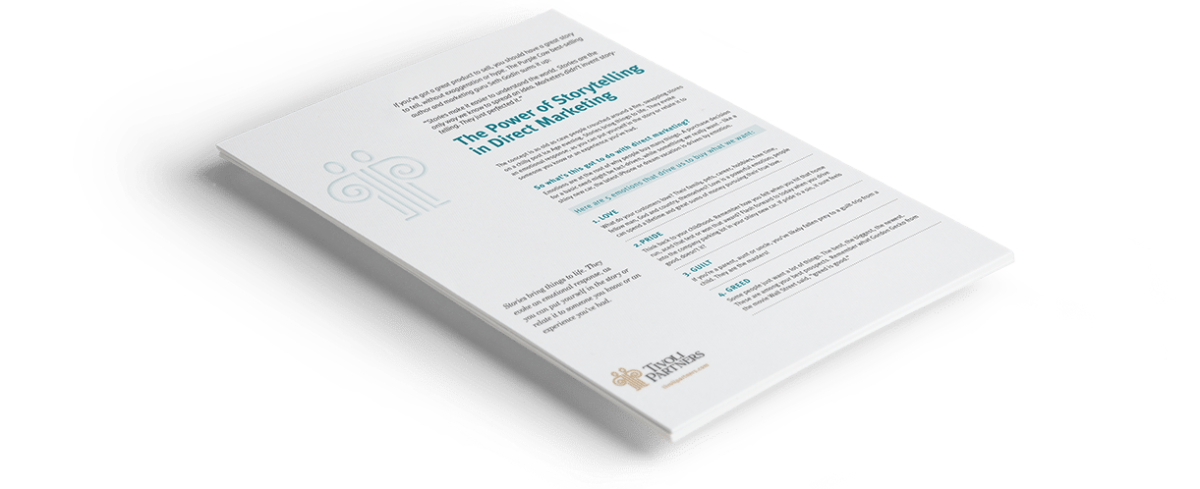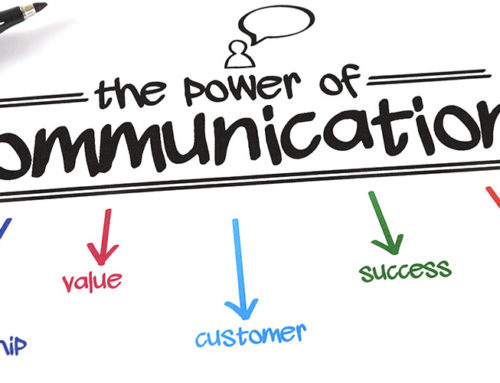… Just Ask.
Think back to your earliest memories of being asked about your preferences. Peanut butter and jelly sandwich or hot dog? (Cut into a gazillion pieces for toddler consumption.) Fish sticks or chicken nuggets? Apple juice or milk? It’s human nature to enjoy the thrill of choice: people enjoy being asked what they want. So, what do customers really want?
The same logic applies to your customers. Ask and ye shall receive a boatload of information about their likes, dislikes and suggestions for improving your product or service. Embrace every opportunity to get feedback from your customers on how you can better serve their needs. Bottom line, it’s all about what they want, not what you think they need.
Empowering the customer.
When you solicit feedback from your customers, you’re giving them power: the power to affect changes to your product or service and the power to redefine your relationship. Customers like feeling in control, especially in this day and age of instant social media feedback. Here’s your opportunity to take the high ground. By asking for unfiltered feedback, you’re subtly taking control. You can fix what needs to be fixed. It’s a proactive versus reactive strategy. You’re the valiant knight who rides in on the white horse and makes it all better. A noble mission, indeed. But if you don’t use the information gleaned to make improvements, you’ve dropped the ball. Don’t ask customers what they want and then go about your business as usual. Take action to address their concerns.
How to ask.
There are many ways to solicit feedback from your customers. For example, in a retail or other face-to-face environment, associates can ask “what can I/my company do to better serve you?” If the customer has an immediate concern that can be addressed on the spot, consider that an opportunity. Immediate gratification buys you points toward winning the customer’s loyalty. Case in point: the retailer Nordstrom is legendary for going to extremes to satisfy a customer’s request. Like making alterations at a moment’s notice. The best-selling book, The Nordstrom Way is the definitive handbook for exceeding customers’ expectations.
Aside from the day-to-day interaction with customers, there are other methods of capturing valuable feedback that can positively impact your business. Here are a few.
Social media
Feedback was never this quick! A word of caution, though. Don’t invite feedback unless you plan to act on it in a timely manner. Brands that are using social media most effectively operate in 24/7 mode. They have teams that monitor their social sites and respond to mass concerns and individual issues.
Positive online remarks are like word-of-mouth advertising — the best form of marketing. Negative remarks have the opposite effect. According to Inc. magazine, 80% of consumers surveyed changed their mind about a purchase after reading a negative review.
Customer surveys
Maybe you’re not the type who enjoys answering survey questions, but a lot of folks do. Especially if you give them an incentive like a product discount, premium item or chance to win a prize. Whether your survey is conducted online, by phone or by mail, there are a few things to keep in mind:
- Set objectives first. Are you trying to assess customer satisfaction or probe for new product ideas?
- Explain yourself. Tell customers why you’re doing the survey. If you make a strong appeal for their help, you’re likely to increase your response.
- Ask relevant questions. Don’t collect data you don’t intend to use.
- Keep it short and sweet. People are busy. They are doing you a favor, so don’t impose by taking too much of their time. Ten minutes or less is ideal.
- Use open- and closed-ended questions. It’s easier to tabulate and create reports when your entire survey is a list of multiple-choice questions, but resist the urge. Include a few open-ended questions. You’ll gain more insight when feedback is in the customer’s own words.
- Follow up. If customers have specific requests or complaints, take action. The sooner the better. It demonstrates that you actually read their comments and value their business. Don’t disappoint them!
Positive online remarks are like word-of-mouth advertising — the best form of marketing. Negative remarks have the opposite effect.
A survey of a major bank’s credit card customers yielded a variety of responses, some unrelated to their credit card accounts. For example, “contact me to refinance my mortgage.” That’s a good thing. Banks (and most companies) thrive on cross-selling their products and services. Jump on these opportunities when someone raises their hand and asks for more information.
Focus groups
Focus groups are ideal for generating new ideas and getting feedback on your current products and services. Participants are usually paid or given gift certificates in return for their honest opinions. Although you’re talking to just a handful of people, focus groups can bring to light key concerns, trends and points of customer satisfaction. You can always validate your findings with a quantitative survey.
Aside from selecting the right focus group participants and asking the right questions, the moderator is key. Choose an experienced professional who is eager to dig in and learn your business. The moderator can “make or break” your focus group sessions, so select someone who can keep the dialog flowing and get all participants to contribute.
The number of focus groups you conduct will be based on your objectives. Focus groups are often segmented by geography, gender, age, product usage and other factors. Here’s a basic recipe for focus group success:
Ingredients:
- 6-10 customers, who don’t know one another
- One professional focus group moderator
- 5-6 questions, based on your objectives
- Refreshments
- Nametags
Assemble all in a conference room or focus group facility.
Simmer for 1 – 1.5 hours, while videotaping.
Enjoy!
The more you ask, the more you get.
As your company gets in the habit of asking for customer feedback, it becomes second nature. It becomes a part of your culture. It’s thrilling to initiate and maintain a dialog with your customers, even if the feedback is not what you wanted to hear. But then again, you heard it. And you can fix the problem. So, what do customers really want? If you had never asked, you might have lost the customer and not known why. That’s why it always pays to ask!
A Winning Hand. Be proactive and ask your customer for feedback through:
- Day-to-Day Interactions
- Social Media
- Customer Surveys
- Focus Groups
Although you’re talking to just a handful of people, focus groups can bring to light key concerns, trends and points of customer satisfaction. You can always validate your findings with a quantitative survey.
We hope this answered the question “what do customers really want?”











Leave A Comment